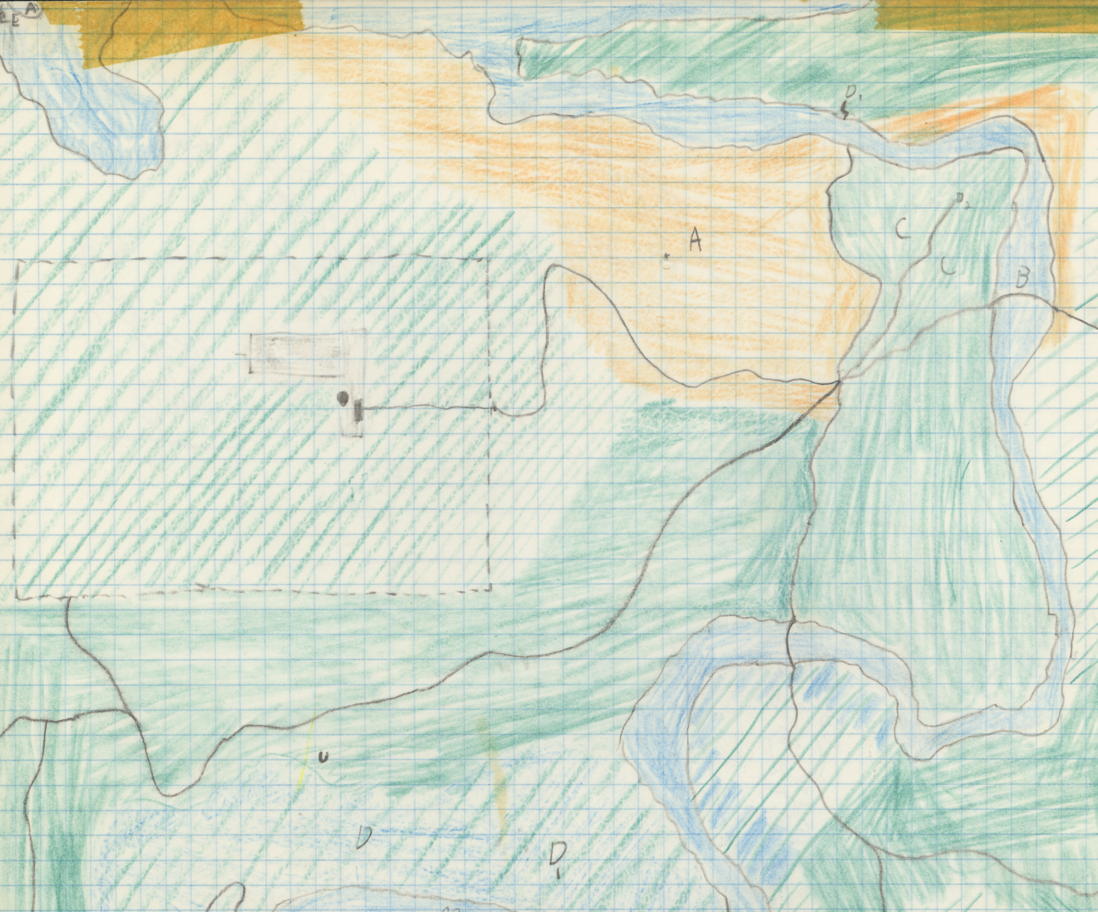Two lessons from early dungeons

Dr. Robert Goddard teaches Spelljammer transportation methods. “From the earth to the moon by balloon will take 2d100 turns.”
Much of my GMing style stems from early lessons running games cold in high school. The mistakes I made then helped me learn how to be a better Guide today. Two incidents stand out, even after thirty years. Both of these lessons came from a player who was adept at prodding and testing the game: he treated the game world as something moderately real, worthy of interacting with beyond the obvious.
One of the first published adventures I ran for my friends was TSR’s Palace of the Silver Princess. That player had recently discovered the advantages of surprise. He would run at doors, bash them open with his shoulder, and then run into the room to attack what, if anything, was behind the door. I was a pretty lenient DM. If the door was locked or stuck, he had to make a saving roll or take a point of damage. On the whole, worth it: until he bashed open a door and discovered himself hurtling at a fifty-foot down stairway. There was a decent-sized landing ahead of the stairs, so I gave him a saving throw, which he failed, and he fell down fifty feet of stairs in plate mail. He took more than a point of damage on bashing that door. Everyone laughed, including him.
Two simple lessons from that incident: doors can have more than monsters behind them and still be interesting, and if an adventure has more than one level it is automatically more interesting.
Silver Princess was also the first puzzle adventure I ran. I didn’t learn much from it in that respect other than a fear that the players wouldn’t figure out the puzzle. Later, I learned that an adventure can be an adventure with a puzzle in it, and if they solve the puzzle, great, if they don’t, it’s still an adventure. I learned that from my own Haunted Illustrious Castle.1 It was accidental: I wrote the adventure assuming that the players/characters would have to solve it. The first group did. The second group did not, and they had just as much fun exploring as the first group did solving. Mainly because it had more than one level.2

Their farmland is threatened, in the northeast, by sand elementals; to the south, by sea serpents in league with orcs. There are water elementals in the river, treants in the forest, piranhas in the bay, and zombies in a nearby cave. Big surprise a simple farm family didn’t survive. Very ambitious homestead they’ve fenced off, though.
My own Isle of Mordol presented a huge learning opportunity for me. It was the first adventure of more than a handful of locations I ever wrote, and I quickly learned—after having done it—that you don’t map entire islands at dungeon scale. Most of the encounters were simply a monster stat block; a handful had several paragraphs of backstory. The player characters never actually discovered any of that backstory, and I don’t think they even explored the areas covered by that backstory.
But there was one encounter that had only one sentence of backstory. It was so simple I didn’t even write it down, but the backstory was, the family had died here and the kitchen table was where they had been happiest, so their ghosts continued to manifest there. This resulted in the following, what I thought was unlikely, possibility: “If the table is broken (it is already rotted, but the illusion hides it) they will become skeletons, and the illusion will disappear.”
Most of the players realized that the ghosts were harmless and started moving to the next encounter. Mr. ProdTester decided that his character was taking offense at being ignored. So he slammed his fist down on the table and demanded that they be polite. The table that he couldn’t tell was rotted because it was behind an illusion. So of course he destroyed the table, and the farm family’s ghosts weren’t polite but they did respond: they became skeletons and attacked.
Lesson: one or two sentences of backstory is just fine. It’s faster to write when preparing for the adventure, faster to read when running the adventure, and still provides the opportunity for the adventure to respond to player character action. Heavy backstory is best saved for the overall adventure and not for individual locations. If I’d had four pages on the farm family, I wouldn’t have run that throwaway encounter as well.
At the time, called “Haunted Castle Oberon”. The backstory of the nearby town came from a Dungeon adventure set in a library in a town called Illos. I named my own town Biblyon, but thought that “Knights of the Order of Illustration” sounded damned cool for a schismatic order.
↑And maybe because there was just enough backstory to make it seem coherent, even if they didn’t find everything.
↑
- Illustrious Castle
- The Order of Illustration once guarded remote Biblyon. Today, Illustrious Castle is deserted, long-since looted of anything valuable. For second to third level characters.
- The Isle of Mordol
- An island a thousand miles from Specularum, filled with monsters and superstitious townfolk.
- Palace of the Silver Princess: Jean Wells at TSR Inc (PDF)
- “Introductory module for character levels 1-3.” This is a very nice starter adventure if your players enjoy puzzle-solving and exploration.
More game masters
- The Adventure Guide’s Handbook
- Weave fantasy stories around characters that you and your friends create. As a Gods & Monsters Adventure Guide you will present a fantastic world to your players’ characters: all of its great cities, lost ruins, deep forests, and horrendous creatures.
- How I handle adventure logs
- Tracking what happens cross different sessions helps me not to forget important details, as well as obscure details that become important later.
- The Dungeon Master’s Adventure Log
- The DM’s Adventure Log was probably a very useful tool back in the day. It also had some interesting features, such as armor and weapon images and new, or at least obscure, rules.
- Spilling sand in the sandbox: tying up loose ends
- How do you maintain consistency in a “plot” that is not under your control?
